I know what you're thinking, there's at least a million questions like this, asking about waves in borders, or waves at the edges of elements. However, I have a different question. What I need is a combination between a zigzag-edge (I have no idea how to call it, I'm not English) and a wave-edge.
More specific: I need to create this:
The top part of the blue element has to be a wavy kind of border, where the top part is transparent so the underlying image shows 'through the element', so to say.
Is this do-able with CSS? I'd rather not use images, simply because there will be multiple elements like these, with different colours (that means different edge colours per element).
